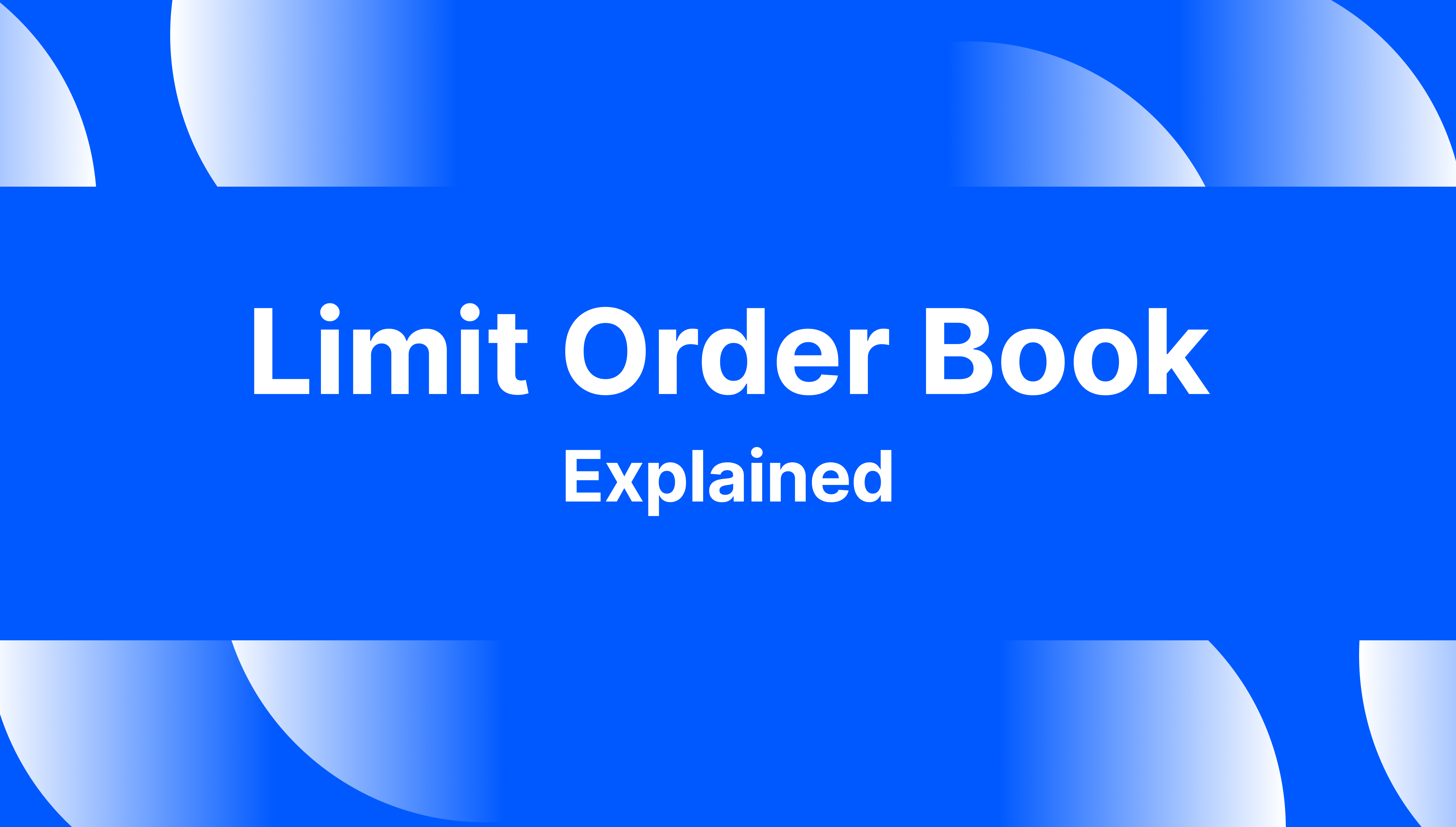How to Start with Day Trading? – The Ultimate Guide
Articles


The rapid development of Internet technologies has led to more efficient financial transactions. Now just one click is enough to buy or sell assets worth millions of dollars. Such opportunities have led to the formation of a new generation of market speculators, namely day traders.
Day trading, being one of the most popular and effective trading styles today, has its advantages and disadvantages, but the fact remains that it is an excellent tool for working in various markets, including Forex and crypto. Trading can sometimes feel like riding a rollercoaster — it seems chaotic on the intraday chart. But nevertheless, the main goal of any trader remains the same — to make a profit. But what is day trading, and how to start using it to make money?
This article will answer the question of what day trading is and how it works. In addition, we will consider the features of day trading and the strategies used when working with this trading style. In the end, you will learn what you need to start making money with day trading.
Day Trading As One of The Most Popular Trading Styles
Day trading is a trading style that involves entering and exiting a market position on the same day. It is also called “intraday trading,” reflecting that trades are usually opened and closed within the same day.
The purpose of day trading with financial assets is to profit from small movements in the market. Day trading in the cryptocurrency market is particularly lucrative because the crypto market is known for its extreme volatility. For example, jumps of 20% in one trading day are quite common in cryptocurrency.
Like other forms of trading, day trading is based on technical and fundamental analysis. Most day traders rely on technical analysis to build the right trading ideas. They use price movements, volumes, charts, and other indicators to determine entry and exit opportunities to make investment decisions. Traders should also watch for news and other updates related to a particular financial instrument that may affect prices, especially in the short term.
Day trading, as compared to other strategies, is more sensitive to news, political circumstances, reports, and statistical data. The influence of these and other factors can affect the psycho-emotional state of day traders. The same assets are chosen for trading as for other strategies. It is important that they should be distinguished by volatility and high liquidity. Usually, day trading involves the use of shares of leading issuers, futures on various assets, and currency pairs.
Features of Day Trading Style
Day trading is a favorite type of trading for novice traders. It is common for brokers to allow scalping without restrictions. The price noise is partially smoothed (no local chaotic bilateral movements), and wave patterns are visible. And most important — there is no need to make hasty decisions, but at the same time, there is no need to wait long for the result.
Day trading is speculative, so in most cases, currency pairs are used as financial instruments. CFDs on shares and commodities are more suitable for long-term strategies with 3-5 days of position holding. Cryptocurrencies, however, are perfect for day trading. They allow making short-term deals, which can be kept from several minutes to a couple to twenty-four hours. This type of trading suits fast-acting traders who can instantly react to the received information (news, statistics, market situation) and make informed decisions.
Day trading allows using considerable volumes when concluding transactions, hedging, and opening several positions with various instruments. In this case, strict stop orders are usually required. Thus, even several profitable daily transactions can generate a significant profit (or loss if the trader is inexperienced or has no clear trading strategy). That is the dramatic difference between day trading and scalping when many positions are closed with a small profit or loss. Some traders believe that stable profit is possible only if many deals are closed during the trading session. This is not entirely true, although the law of large numbers works on large time intervals and the number of events (in our case, trading transactions).
Strategies Used in Day Trading
Day traders, seeking to maximize intraday profits, often use one or more trading styles and methods. Here are a few strategies for day trading.
1. Breakout Trading
The term “breakout” refers to a situation where the price breaks an existing resistance or support level on increased volume. For example, if the price passes a resistance level (the highest price area), the trader opens a long position, counting on the profit from market growth. If the price breaks the support level (the area of price lows), the trader opens a short position, hoping to profit from the market decline.
2. Pullback Trading
The strategy’s main principle is based on the typical behavior of prices after the formation of a trend. The price rolls back for a while before moving in a certain direction, and if you catch this moment precisely, you can enter the same position but already on more favorable terms. To trade on a pullback, it is important to establish a trend and remember the basic rule: the longer the trend lasts, the higher the probability that it will continue moving in the same direction.
3. Scalping
This is a pervasive trading strategy among day traders to take advantage of small price movements over short periods. There can be gaps in liquidity, bid-ask spreads, and other market features that can be exploited.
The entry point is determined by technical analysis. Most often, the position is opened when the trend is moving steadily. In this case, it quickly reaches the desired level and closes. The trader can also place a stop loss and move it, if necessary, following the direction of the trend. If its direction changes, the position is closed.
How to Start with Day Trading?
So, how to start day trading? Becoming a professional speculator takes a lot of time, knowledge, and practice, and not everyone can do it, and day trading is the ultimate form of speculation. This is not the banal “buy and sell,” where a deal can last for days or even weeks. An experienced day trader can open and close a deal in less than a minute — during this time, a complete picture of the situation with all its further development options should be formed in his head. Here are a few important things to know when starting to work in the financial markets using day trading.
- Clearly define a comfortable timeframe
The most popular option is to use hourly charts. Because prices aren’t constantly bouncing in front of our eyes, the psychological burden is noticeably lower and the charts have considerably less noise. Smaller charts may allow you to earn more. After all, the faster reaction to specific movements in a detailed timeframe, the higher the concentration is required and the more fatiguing it is.
- Decide on the number of instruments to trade
Day trading is an approach where you must act quickly and have little time to make decisions. The more instruments the trader chooses, the greater the area that needs to be monitored. If you overdo it, your attention will be dispersed, and most profitable moments will be missed. It is better to select several instruments, monitor them only, and build up your volume on the number of closed deals.
- Keep the risk low
Each can amount to 20% or more of the deposit when opening operations on a long-term basis. In day trading, this is unacceptable because each losing trade is a psychological burden. Several losing trades are fraught with loss of control and a total loss of the deposit. Setting the threshold of 1-2% of the deposit, the profitability will be less, but it is easier to set up to lose such amounts and to fix the losses. Remember that day trading is about volumes of deals on which the total profit is made rather than the maximum profit size with each individual.
- Improve your fundamental analysis skills
Even though most of the global news cannot seriously affect the instrument’s overall trend, you can observe sharp jumps that trigger stops and fix losses in large quantities within a single day. The ability to find trends and predict their development will help you to open positions in the growing trend.
- Control your emotions
Trading is a great strain on the nervous system. As a result of losses, losing your temper is easy. This leads to more losses. Also, you should refrain from getting greedy and keeping a profitable trade open for too long to earn as much as possible. The trend can change at any second, and you will lose money.
Conclusion
As in any other business, success depends entirely on the qualities of the trader. It requires focus, concentration, high-stress tolerance, and the ability to work extremely fast and not react to short-term failures. Unlike many other styles, day trading does not require patience, and for many traders who want to get their results quickly, this can be a very noticeable advantage. In any case, day trading is an effective trading style that is just as efficient as its counterparts and can bring in good profits if you have the proper knowledge.










